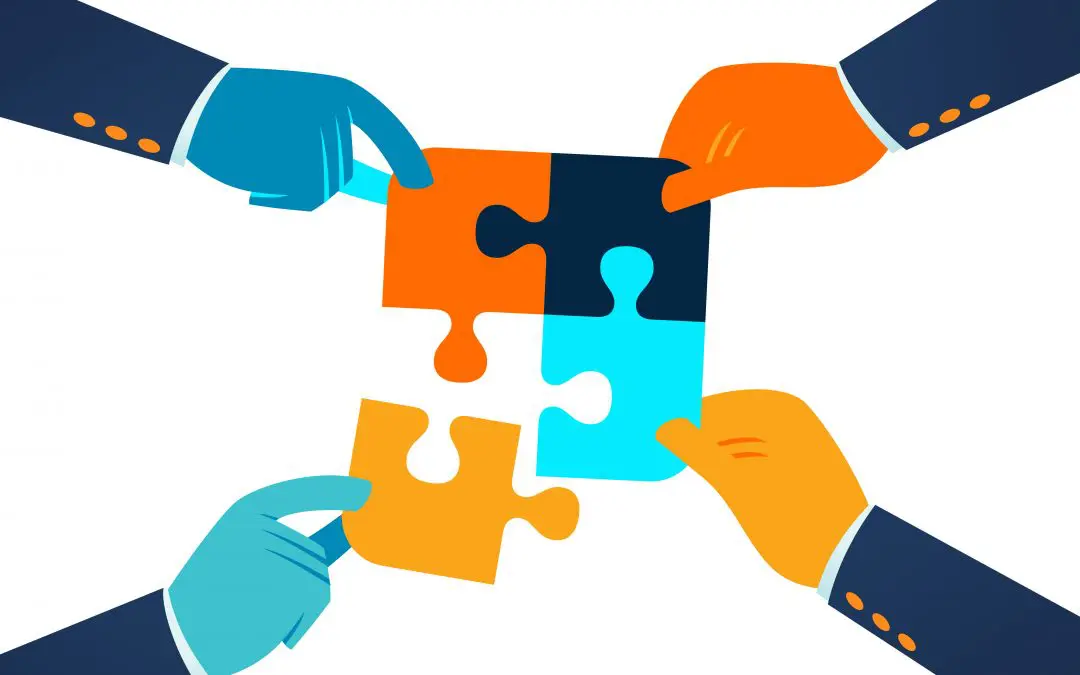Having worked as a community manager on several partner communities, I’m at the digital coalface of this change. Gone are the days of a one-way communication stream – we’re now seeing a tangible shift towards collaboration and knowledge sharing.
This is where the power of the LinkedIn partner community lies.
Where LinkedIn groups were once thought of as a relic of digital communication, they’re now the ideal way to strengthen the partner-vendor relationship and bring value to your customers.
There are several reasons for this:
1) Organic engagement – in real time
Your partners have gripes, they have difficulties, they need answers. This is where these partner communities can add value to your organisation. As a trusted space, you should be encouraging your partners to use the community as a two-way communication stream. By listening and engaging, you are mining digital gold. You’re not talking at them, you’re talking with them. Partner communities, when done right, give vendors the unique opportunity to identify pain points and establish a rapport that will serve both parties as well as the end-user.
2) Sharing a common goal
Partner communities are unique in that while members are made up of different companies, they all share a common goal: bringing value to the end-user. Setting up a partner space allows vendors to collaborate with their resellers and distributors in a way that reflects the best interests of the customer. Identifying common problems, pain points, and opportunities all stem from having a partner community that talks to one another.
3) Empowering partners through user-generated content
LinkedIn communities can fall into the trap of being a one-way promotional portal. Why would anyone want to join a group that only serves the vendor? If positioned correctly, partner communities can empower members to post their own content, their own analyses, as well as their own insights on industry-related topics. By creating a trusted environment where knowledge-sharing is valued, vendors can equip their partners and help them speak more effectively to decision-makers, influencers and key buyers.
Final thoughts
Collaboration, trust, and relationship-building are at the core of any thriving partner ecosystem. With its unique networking and brand positioning properties, LinkedIn communities are an ideal forum not only for ideas, but as a sentiment barometer. Vendors should think of these communities less as another communication tool to tediously manage, but rather as an online, living database of partners that have not only opted-in, but are all working towards a common goal of providing excellence and innovation to the end-users.
Click here to enquire about setting up a community for your company.
